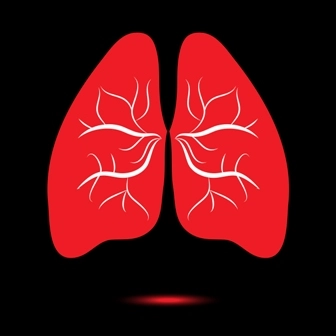Know How to Identify Thoracentesis

Question: A patient with shortness of breath reports to the ED. The physician obtains pertinent historical information and performs an exam, including auscultation of the lungs, which sound muffled. He then taps on the patient’s chest and notes a dull “thud.” A chest X-ray confirms the presence of a large pleural effusion. Notes substantiate a level-four E/M.
Based on the evaluation, the physician decides to perform thoracentesis. After the patient is prepped, pleural fluid is withdrawn through a needle into a syringe and sent to the laboratory for analysis. A catheter is left in place to facilitate continued drainage. The results indicate the presence of an exudative pleural effusion. How would you code for this encounter?
Answer: This is an example of thoracentesis. For some pleural effusion patients, the ED physician needs to sample the pleural fluid for analysis. When the physician performs thoracentesis removing accumulated fluid from the pleural space and leaving in a catheter, you’ll report the service with 32556 (Pleural drainage, percutaneous, with insertion of indwelling catheter; without imaging guidance)
If the procedure is done using imaging guidance, report code 32557 (Pleural drainage, percutaneous, with insertion of indwelling catheter; with imaging guidance)
On the claim, report the following CPT® codes:
Don’t forget to demonstrate medical necessity by appending these ICD-10 codes:




